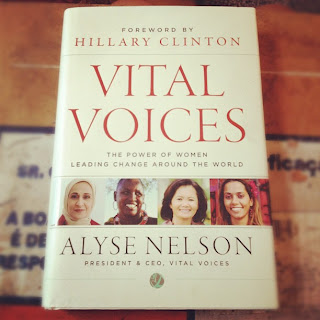Panmela Castro, best known as Anarkia, is a spokeswoman of violence against women. Violence can be digested as psychological and physical, although it is the psychological that scars our soul. As we’ve study in class, we have discovered that women have been oppressed for centuries. This patriarchal system didn’t develop in the 17th, 18th, or 19th century. It has been with us from biblical times. This “violence” against women has limited women to participate actively in the history of humanity. Women have been in a constant struggle to demand her space in society, and fighting the “crooked” representation of our being. Anarkia is one of the many warriors who, with her art, influence ALL individuals.
Graffiti is still considered vandalism, and very masculine although Anarkia achieves to break the stereotypes of delinquency and inequality. Living in a society that bases its expectations and theories in misrecognition, Mellissa harris Perry tells us that recognition, non stereotyped, leads to self-actualization. “The public sphere offers them a chance to be seen and recognized as unique individuals”. In Anarkia’s art we can see the women struggle, we can see ourselves and make us rethink our position in society. When we are in the streets we cannot help to look at the enormous billboards. Corporations have taken over the streets, making it in my opinion, the true vandals. Anarkia’s murals are alternative media. She represents the other side of the made up corporate branded female.
Her personal stories of oppression inspire her to paint and to teach youth about gender issues. In one of her murals, she painted a pair of Siamese twins; they are both naked, united by their hair. The hair is a personal symbolic strength of femininity; it is the conjoinment of power of all women. With nudity, she dis-objectifies women, giving it a new meaning of transparency and respect for what she is. The name of the piece is Utopia, referring to the myth of women living in a free society.
Panmela initiated Rede Nami, an urban art feminist network that promotes women's rights through arts and culture. She was part of the “Vital Voices Global Partnership”, a non-governmental organization that empowers emerging women females to create a better future. The Diller-von Furstenberg Family Foundation honored her during March 2012.
She sees her art as a lifestyle and encourages people to think about graffiti as a medium to spread women’s rights, and to show that something is wrong with our society. Anarkia is an amazing beautiful smart woman that brings color to our dull concerns. Change can also come in brushes, spray paint, and crayons instead of guns.
http://youtu.be/sMG7D1LtpE0
http://senseslost.com/interviews/anarkia-interview/
http://iamjamesmatthew.tumblr.com/post/28236757863/panmela-anarkia-castro-interview-redux






No comments:
Post a Comment
Note: Only a member of this blog may post a comment.